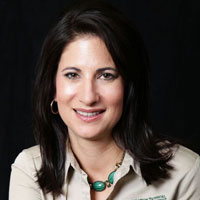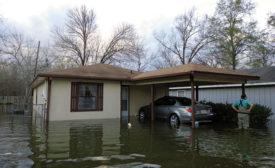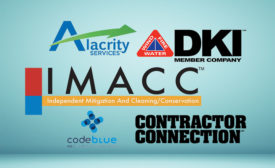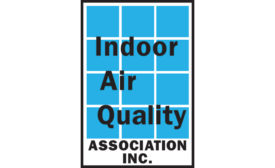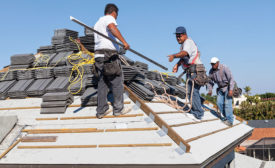Insurance/Legal Matters in Restoration
Special Section: Prepping for Disaster
Flood Losses: Top 10 Things Restorers Must Know when Handling FEMA Claims
Read MoreThe Age of Digital Inspections
Elevating your restoration business by embracing innovations in technology.
Read More
IAQA Legislative update: October 2015
Rule changes ahead for mold, asbestos, lead & radon remediators in several states
October 22, 2015
Stay ahead of the curve with our eNewsletters.
Get the latest industry updates tailored your way.
JOIN TODAY!Copyright ©2024. All Rights Reserved BNP Media.
Design, CMS, Hosting & Web Development :: ePublishing






